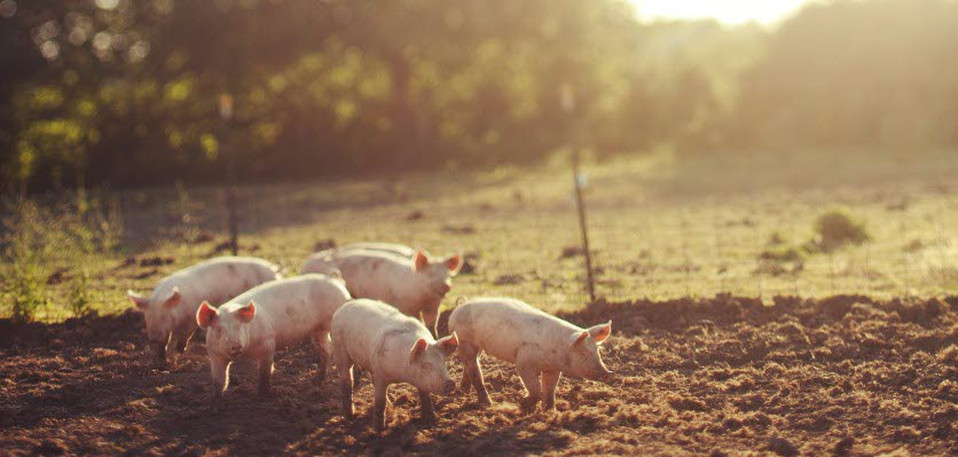Veterinarians are key to ensuring Australia’s biosecurity
13 Feb 2019
The Australian Veterinary Association (AVA) commends the swift actions of the Department of Agriculture that prevented entry of African Swine Fever and Foot and Mouth Disease, detected in confiscated meat. Thankfully, Australia remains free of these serious diseases, but it’s a solemn reminder of the threat of illegal importation of animal products.
AVA President, Dr Paula Parker, said tight border security and disease surveillance is critically important to maintain Australia’s favourable animal health status and for the early detection of animal disease emergencies. Emergency animal diseases are a significant threat to animal industries, and veterinarians are key to Australia’s surveillance capacity.
It is a timely reminder that the agricultural sector, at farm-gate, contributes 3% to Australia’s total gross domestic product (GDP). Farm production contributes $62 billion each year to the Australian economy1. This is an asset that the government must protect. Every dollar spent on prevention and preparedness protects against potentially billions in losses.
Dr Parker reminds us of the equine influenza outbreak in 2007-08 cost Australian governments over $370 million in response activities and industry assistance. It also cost a further $1.5 billion in indirect costs to the horse industry and the Australian economy.
“This is dwarfed by the prospect of a foot and mouth disease outbreak in Australia, which has been estimated to cost at least $7 billion and up to $16 billion depending on our ability to deal quickly with the outbreak. This could blow out to as much as $50 billion over 10 years in costs to industry.
“Effective disease surveillance and response capabilities will mean the difference between a manageable outbreak and a catastrophic impact on our important livestock industries.
“High quality surveillance, biosecurity and quarantine systems are the very best defence against disease outbreaks like these. Should there be an outbreak, effective response capability will be essential, and it is veterinarians who are on the frontline of biosecurity, disease surveillance and emergency response, said Dr Parker.
Protecting Australia’s bio securities is everyone’s responsibility and veterinarians, farmers and the government play a key role in this and the Australian government need to ensure they continually invest in biosecurity.
References:
For further information and requests for interviews contact the AVA media office on 0439 628 898 or media@ava.com.au.
The Australian Veterinary Association (AVA) is the only national association representing veterinarians in Australia. Founded in 1921, the AVA today represents 9000 members working in all areas of animal science, health, and welfare.
